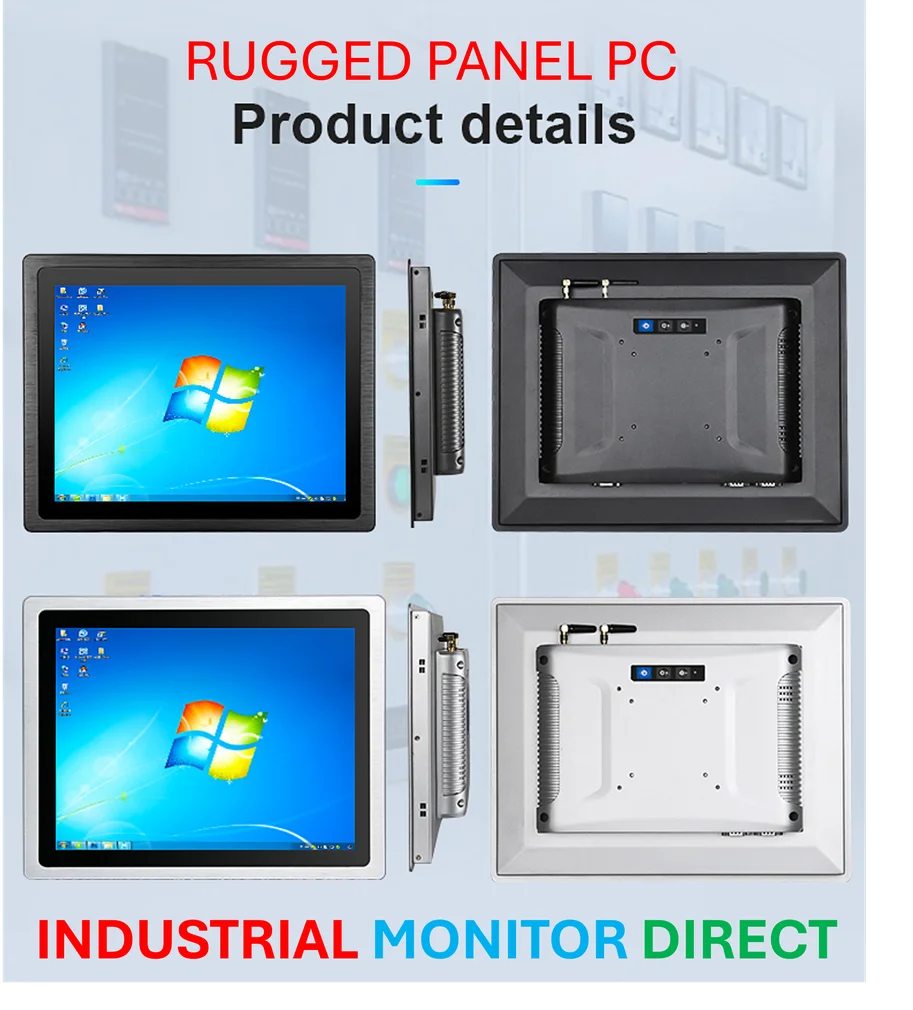According to Embedded Computing Design, Acer has launched the Veriton M4730G compact business desktop powered by Intel Core Ultra Processors with Intel Arc graphics for AI acceleration. The system supports up to 256 GB of DDR5 memory across four DIMM slots with speeds ranging from 4800 to 6400 MT/s depending on CPU selection, and features multiple storage options including SATA3 connectors and optional high-speed M.2 PCIe SSDs. The 168mm x 265mm x 353mm tower includes expansion capabilities with PCIe x16 Gen5 and PCIe x4 Gen4 slots, plus comprehensive connectivity options from Wi-Fi 7 to optional 2.5 Gbps LAN. This hardware combination enables the system to run large AI models locally, representing Intel’s broader AI Edge initiative to integrate AI into existing infrastructure. This compact AI workstation signals a significant shift in enterprise computing strategy.
The Edge AI Market Acceleration
The timing of Acer’s compact AI desktop couldn’t be more strategic. We’re witnessing a fundamental market shift away from cloud-dependent AI processing toward distributed edge computing models. Enterprises are increasingly recognizing the limitations of cloud-only AI solutions, particularly around data privacy, latency, and operational costs. The Veriton M4730G represents a growing category of hardware designed to bring sophisticated AI capabilities directly to business environments without requiring constant cloud connectivity. This aligns perfectly with Intel’s broader push into edge AI systems, which represents one of the fastest-growing segments in the semiconductor and computing markets.
Competitive Landscape Reshuffle
Acer’s move positions them directly against Dell, HP, and Lenovo in the emerging on-premises AI workstation market. What’s particularly interesting is how this product blurs traditional category boundaries between standard business desktops and specialized AI workstations. By offering AI acceleration in a compact form factor at what’s likely competitive pricing, Acer could capture significant market share from companies looking to deploy AI capabilities without investing in expensive, specialized hardware. The inclusion of Intel’s OpenVINO toolkit also creates a software ecosystem play that could lock in customers to Intel’s AI architecture, presenting challenges for AMD and NVIDIA in the business computing space.
Enterprise Adoption Implications
For enterprise IT departments, the Veriton M4730G represents a compelling value proposition that extends beyond raw performance. The ability to run AI models locally addresses several critical business concerns that cloud solutions struggle with. Data sovereignty becomes manageable when sensitive information never leaves company premises. Network dependency and potential downtime concerns are eliminated. More importantly, this approach enables real-time AI processing for applications where latency matters—manufacturing quality control, retail customer analytics, and financial fraud detection being prime examples. The compact design also makes deployment feasible in space-constrained environments like retail stores, medical facilities, and manufacturing floors.
Supply Chain Ripple Effects
The success of systems like the Veriton M4730G could trigger significant shifts across the technology supply chain. We’re likely to see increased demand for DDR5 memory modules optimized for AI workloads, specialized cooling solutions for compact AI systems, and expansion cards specifically designed for edge AI applications. Storage manufacturers will need to optimize their M.2 SSD offerings for the unique read/write patterns of AI model processing. Perhaps most importantly, system integrators and value-added resellers will need to develop new expertise in deploying and maintaining on-premises AI infrastructure, creating both challenges and opportunities throughout the channel ecosystem.
Future Market Directions
Looking ahead, the Veriton M4730G represents just the beginning of a broader trend toward specialized AI hardware in standard form factors. We can expect to see similar systems targeting specific vertical markets with optimized software stacks. The education sector might see AI-enabled desktops for personalized learning, while healthcare could adopt similar hardware for medical imaging analysis. The key differentiator will increasingly become the software ecosystem and development tools rather than raw hardware specifications. As Intel continues to expand its edge AI platform offerings, we’re likely to see even tighter integration between hardware and AI frameworks, potentially creating new standards for enterprise AI deployment.




